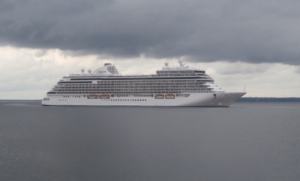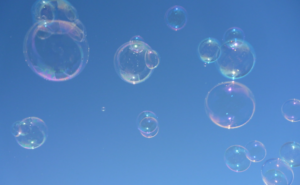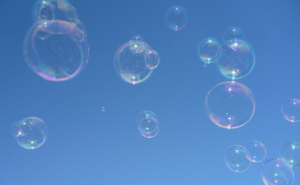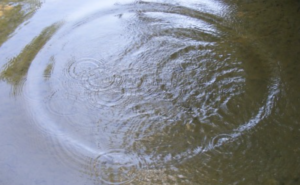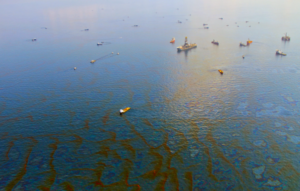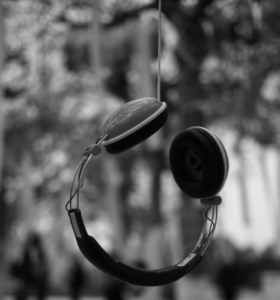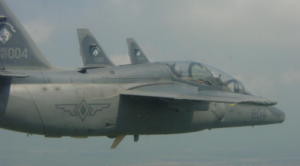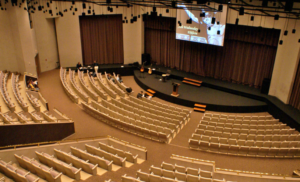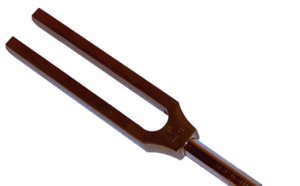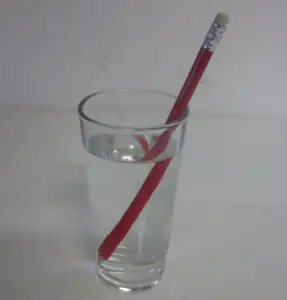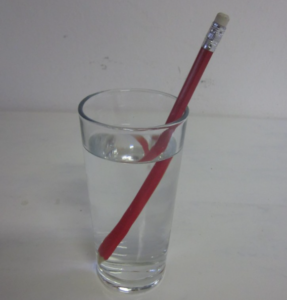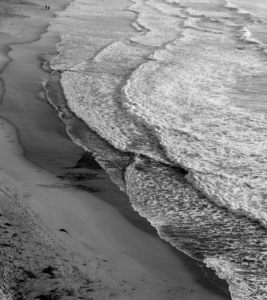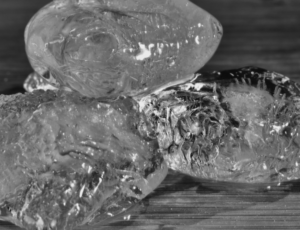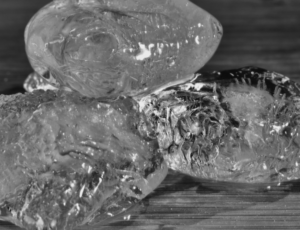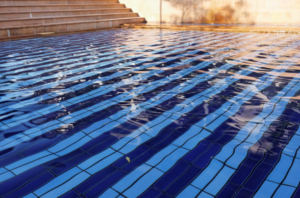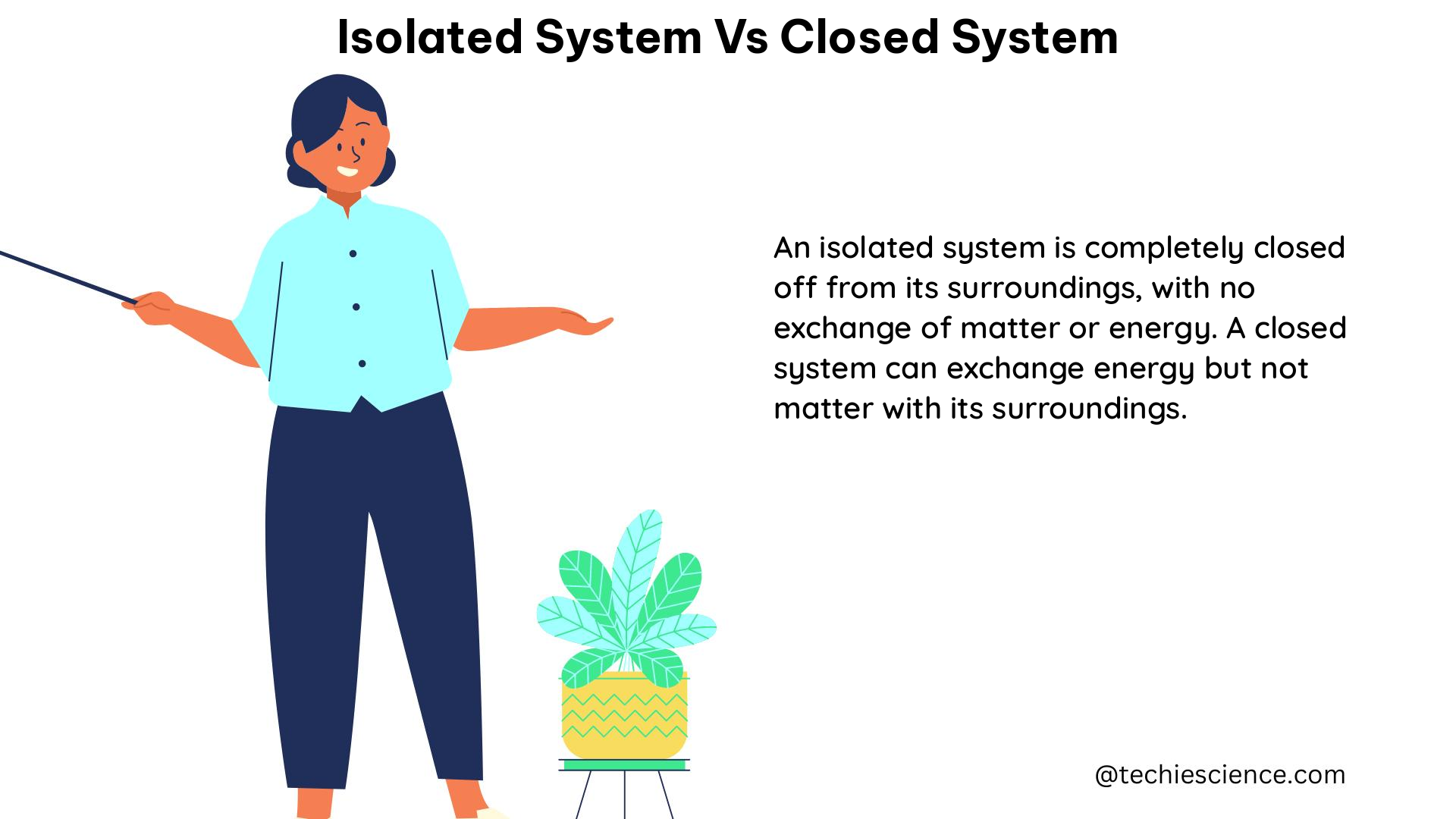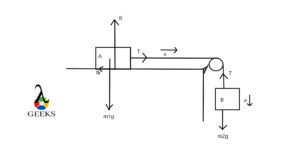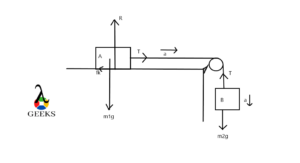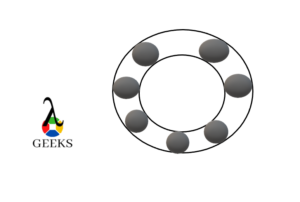When we think of refraction, we often associate it with light bending as it passes through different mediums. However, sound can also undergo refraction, resulting in interesting phenomena. Refraction of sound occurs when sound waves change direction as they pass through mediums with varying densities. This can lead to the bending or deviation of sound waves, creating unique auditory experiences. In this article, we will explore some examples of sound refraction and understand how it affects our perception of sound.
Key Takeaways:
| Example | Description |
|---|---|
| Atmospheric Refraction | Sound waves bending due to changes in temperature and humidity in the atmosphere. |
| Underwater Refraction | Sound waves bending as they travel through water, affecting marine communication. |
| Refraction in Mountains | Sound waves bending and echoing in mountainous regions due to the uneven terrain. |
| Refraction in Buildings | Sound waves bending and reflecting off buildings, causing echoes in urban environments. |
| Refraction in Forests | Sound waves bending and scattering as they pass through trees and foliage. |
Understanding Sound Refraction
Sound refraction is a fascinating phenomenon that occurs when sound waves travel through different mediums or encounter changes in temperature, pressure, or density. It refers to the bending of sound waves as they pass from one medium to another, resulting in changes in their direction and speed. In this article, we will explore the explanation of sound refraction and the factors that influence it.
Explanation of Sound Refraction
When sound waves encounter a change in the properties of the medium they are traveling through, such as a change in temperature or density, they can be refracted or bent. This bending occurs due to the variation in the speed of sound in different mediums. The speed of sound is influenced by factors such as temperature, humidity, and the composition of the medium.
To understand sound refraction better, let’s consider an example. Imagine standing on a beach and listening to someone playing music on a boat in the water. As the sound waves travel from the boat to the shore, they encounter a change in medium from water to air. This change in medium causes the sound waves to refract, bending them away from the normal line, which is an imaginary line perpendicular to the surface of the water. As a result, the sound appears to come from a different direction than the actual source.
Sound refraction is not limited to changes in mediums. It can also occur when sound waves encounter changes in temperature or pressure within the same medium. For instance, on a hot summer day, you may have noticed that sounds seem to travel farther than on a cold winter day. This is because the speed of sound is faster in warmer air, causing the sound waves to refract and travel a greater distance.
Factors Influencing Sound Refraction
Several factors influence the extent and nature of sound refraction. These factors include:
-
Speed of Sound: The speed of sound varies depending on the medium it travels through. For example, sound travels faster in solids than in liquids or gases. This variation in speed contributes to the bending of sound waves during refraction.
-
Temperature and Humidity: Changes in temperature and humidity can affect the speed of sound in the air. Warmer air tends to have a higher speed of sound, leading to more pronounced sound refraction.
-
Density of the Medium: The density of the medium through which sound waves travel also plays a role in sound refraction. Sound waves tend to bend more when passing through mediums with different densities.
-
Obstacles and Boundaries: When sound waves encounter obstacles or boundaries, such as buildings or mountains, they can be refracted, diffracted, or reflected. These interactions can further influence the direction and intensity of sound.
-
Frequency of Sound: The frequency of sound waves also affects their behavior during refraction. Higher frequency waves tend to refract more than lower frequency waves.
Understanding the factors that influence sound refraction is crucial in various fields, including underwater acoustics, atmospheric refraction of sound, and the study of sound transmission. By studying sound refraction, scientists and engineers can better comprehend the physics of sound waves and phenomena such as the Doppler effect, sound wave interference, echo phenomenon, and sound wave distortion.
Real-Life Examples of Sound Refraction
Sound Refraction in Everyday Life
Sound refraction is a fascinating phenomenon that occurs in various aspects of our everyday lives. It is the bending of sound waves as they travel through different mediums, resulting in changes in their direction and speed. Understanding sound refraction helps us comprehend how sound behaves in different environments and how it can be utilized in practical applications.
One common example of sound refraction in everyday life is the way sound travels through the atmosphere. The speed of sound varies with temperature, humidity, and air pressure, causing sound waves to bend and change direction. This phenomenon is known as atmospheric refraction of sound. It is the reason why we can sometimes hear distant sounds more clearly at night or why sound seems to travel differently on a hot summer day compared to a cold winter day.
Another interesting example of sound refraction is the Doppler effect. This phenomenon occurs when there is relative motion between the source of sound and the listener. As the source moves closer, the sound waves get compressed, resulting in a higher frequency and a perceived increase in pitch. Conversely, as the source moves away, the sound waves get stretched, resulting in a lower frequency and a perceived decrease in pitch. The Doppler effect is experienced in various situations, such as when an ambulance siren approaches and then passes by, or when a car speeds past while honking its horn.
Sound Refraction While Traveling Over Water
When sound waves travel over water, they encounter a different medium with different properties, leading to interesting sound refraction phenomena. The speed of sound in water is approximately four times faster than in air, which affects how sound waves propagate and bend.
One example of sound refraction over water is the echo phenomenon. When a sound wave is emitted near a large body of water, such as a lake or an ocean, it can bounce off the water surface and reflect back towards the source. This reflection causes an echo, which is a delayed repetition of the original sound. The distance between the source and the water surface, as well as the depth of the water, can influence the characteristics of the echo.
Another example is the use of underwater acoustics in marine exploration. Sound waves can travel long distances underwater due to the higher speed of sound in water compared to air. This property is utilized in various applications, such as underwater communication, mapping the ocean floor, and studying marine life. By understanding the principles of sound refraction, scientists and researchers can effectively use sound waves to gather valuable information about the underwater environment.
Sound Refraction Used in Sea Exploration
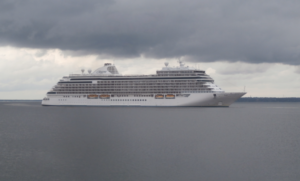
Sound refraction plays a crucial role in sea exploration and navigation. By understanding how sound waves behave in water, scientists and engineers can develop technologies that aid in underwater exploration and mapping.
One notable example is the use of sonar systems. Sonar, which stands for Sound Navigation and Ranging, utilizes sound waves to detect and locate objects underwater. By emitting sound pulses and analyzing the echoes that bounce back, sonar systems can create detailed maps of the ocean floor, locate underwater objects, and even detect marine life. The principles of sound refraction are essential in interpreting the received signals and accurately determining the location and characteristics of underwater objects.
Impact of Sound Refraction on Hearing Ability

Sound refraction refers to the bending of sound waves as they pass through different mediums with varying densities. This phenomenon has a significant impact on our hearing ability, influencing how we perceive and interpret sounds in our environment.
How Sound Refraction Affects Hearing
Sound wave bending, also known as refraction in physics, occurs when sound waves encounter a change in the speed of sound as they travel from one medium to another. This change in speed causes the sound waves to change direction, resulting in a distortion of the original sound. The degree of refraction depends on factors such as the angle of incidence, the speed of sound, and the density of the mediums involved.
One practical example of how sound refraction affects hearing is the phenomenon of atmospheric refraction of sound. In certain weather conditions, such as temperature inversions, sound waves can be refracted downwards towards the ground instead of propagating in a straight line. This can lead to unexpected changes in sound intensity and direction, causing sounds to be heard from unexpected locations or distances.
Another example is the underwater acoustics, where sound waves behave differently due to the varying density of water compared to air. Sound waves can be refracted and focused by underwater features such as cliffs or canyons, resulting in enhanced or distorted sound perception for marine animals or divers.
Practical Examples of Hearing Differences Due to Sound Refraction
To further illustrate the impact of sound refraction on hearing ability, let’s explore some real-life examples:
-
Doppler Effect: The Doppler effect is a well-known example of sound refraction. It occurs when there is relative motion between the source of sound and the listener. As the source moves towards the listener, the sound waves are compressed, resulting in a higher frequency and perceived pitch. Conversely, as the source moves away, the sound waves are stretched, resulting in a lower frequency and perceived pitch.
-
Echo Phenomenon: Sound waves can bounce off surfaces and create echoes. The phenomenon of sound reflection and refraction plays a crucial role in the formation of echoes. When sound waves encounter a reflective surface, such as a wall or a mountain, they bounce back and can be heard as an echo. The angle at which the sound waves hit the surface affects the direction and intensity of the echo.
-
Sound Transmission: Sound refraction also affects the transmission of sound through different mediums. For example, sound waves can be refracted when passing through a window or a door, resulting in a change in sound intensity or quality. This can be observed when we hear sounds differently when a door is open or closed.
How does refraction of sound compare to diffraction of sound, and what can we learn from examples of diffraction of sound?
Understanding diffraction of sound through examples can offer valuable insights into the similarities and differences between refraction and diffraction of sound. Refraction refers to the bending of sound waves as they pass through different mediums, such as air and water. On the other hand, diffraction occurs when sound waves encounter an obstacle or aperture and spread out as they pass through it. By exploring examples of diffraction of sound, we can gain a deeper understanding of how sound behaves when it encounters obstacles, how it spreads and interacts with its surroundings, and how it differs from refraction. To learn more, check out Understanding diffraction of sound through examples.
Frequently Asked Questions
1. What is Refraction of Sound?
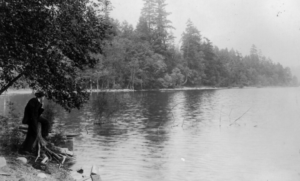
Refraction of sound refers to the bending of sound waves as they pass from one medium to another or through layers of different temperatures and densities. This phenomenon is a fundamental aspect of wave behavior, including sound propagation, and is widely observed in acoustics.
2. Can you provide an example of Refraction of Sound in everyday life?
Yes, an example of sound refraction in everyday life is the echo phenomenon. When you shout in a large open space, like a canyon, the sound waves travel, hit the canyon walls, and are reflected back. This is why we hear an echo. The bending and distortion of these sound waves as they interact with the environment is a demonstration of sound refraction.
3. How does the speed of sound affect Sound Wave Bending?
The speed of sound, which varies based on the medium and its properties, significantly influences sound wave bending or refraction. When a sound wave moves from one medium to another with a different speed of sound, it bends or refracts. This is similar to how light refracts when it moves from air to water.
4. What is the role of Sound Frequency in Refraction of Sound?
The frequency of a sound wave doesn’t affect its refraction. Refraction is dependent on the speed of sound in different media, not on the frequency. However, frequency does play a role in other sound wave phenomena like the Doppler effect and sound wave interference.
5. How does Refraction differ from Reflection and Diffraction of Sound?
Refraction involves the bending of sound waves as they pass from one medium to another, while reflection involves the bouncing back of sound waves from a surface. Diffraction, on the other hand, involves the spreading out of sound waves when they encounter obstacles or openings. All these phenomena contribute to the overall propagation and distortion of sound waves.
6. Can you give an example of Sound Refraction underwater?
Underwater acoustics is a great example of sound refraction. Sound waves travel faster in water than in air. When a sound wave generated in air enters water, it bends due to the change in speed, demonstrating refraction. This is crucial in technologies like sonar used in underwater navigation and exploration.
7. What is Atmospheric Refraction of Sound?
Atmospheric refraction of sound refers to the bending of sound waves as they travel through layers of the atmosphere with different temperatures and densities. This can cause sounds to be heard from further away than expected, as the sound waves are refracted back towards the ground.
8. How does the Doppler Effect relate to Refraction of Sound?
The Doppler effect refers to the change in frequency or wavelength of a sound wave for an observer moving relative to the source of the wave. While it’s a separate phenomenon from refraction, both can occur simultaneously and influence the perception of sound. For instance, a moving sound source can cause both a Doppler shift in frequency and refraction due to changes in the medium.
9. How does Sound Transmission relate to Refraction of Sound?
Sound transmission involves the propagation of sound waves through a medium. Refraction can occur during this transmission when the sound waves encounter a change in the medium’s properties, causing them to bend and change direction.
10. Can you provide real-life examples of Refraction in Physics?
In addition to sound refraction, light refraction is another common example in real life. When light passes from air into water or from air into glass, it slows down and bends, causing objects to appear shifted from their actual position. This is why a pencil looks bent when half submerged in water. Similarly, eyeglasses and magnifying glasses use refraction to correct vision or magnify images.
Also Read:
